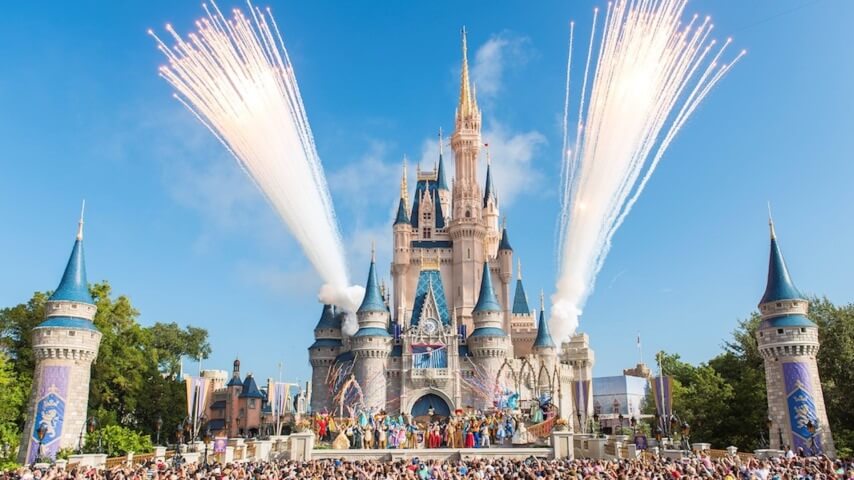“There is still enough linear television subscribers to generate a significant amount of revenue in advertising and in subscription fees,” Iger continued, suggesting that “we program them seamlessly, we manage them in one organization. And so there’s been great economies of scale in doing that.” The company soon-to-be-formerly-known-as Warner Bros. didn’t manage quite so well. WBD announced earlier this week that it would be spinning its traditional TV networks off into a new company after debt and underperformance issues caused S&P to downgrade the company’s credit rating to junk status last month. Comcast announced a similar rift last year.
In Iger’s view, though, TV channels are essential to making magic for Disney’s shareholders. “It’s one of the things that’s enabled us to turn the streaming business around from a huge loss to profitability,” he said, explaining that the marriage between the company’s broadcast and streaming divisions more effectively allows it to turn its viewership numbers into revenue.
In a noteworthy aside, he also pointed out that the newly formed linear TV companies “won’t have the assets from a streaming perspective that we will have,” putting them, at least in his prediction, at a marked disadvantage. On the other hand, Disney’s broadcast channels—ESPN, Disney Channel, ABC, Nat Geo, and others—integrate “seamlessly” into its streaming ecosystem, which “sets us up to be even more competitive in a marketplace that’s becoming even more fragmented.”
If you have any questions about how that’s going for the company in the future, you likely won’t get a clear answer. Just like Netflix, Iger may stop reporting subscriber numbers on a quarterly basis. Instead, “at some point, what we’re mostly going to disclose is the bottom line,” he shared. At least we know which other streamer the CEO views as the fairest of them all.




![HBO teases new Euphoria, Larry David, and much more in 2026 sizzle reel [Updated]](https://img.pastemagazine.com/wp-content/avuploads/2025/12/12100344/MixCollage-12-Dec-2025-09-56-AM-9137.jpg)




































